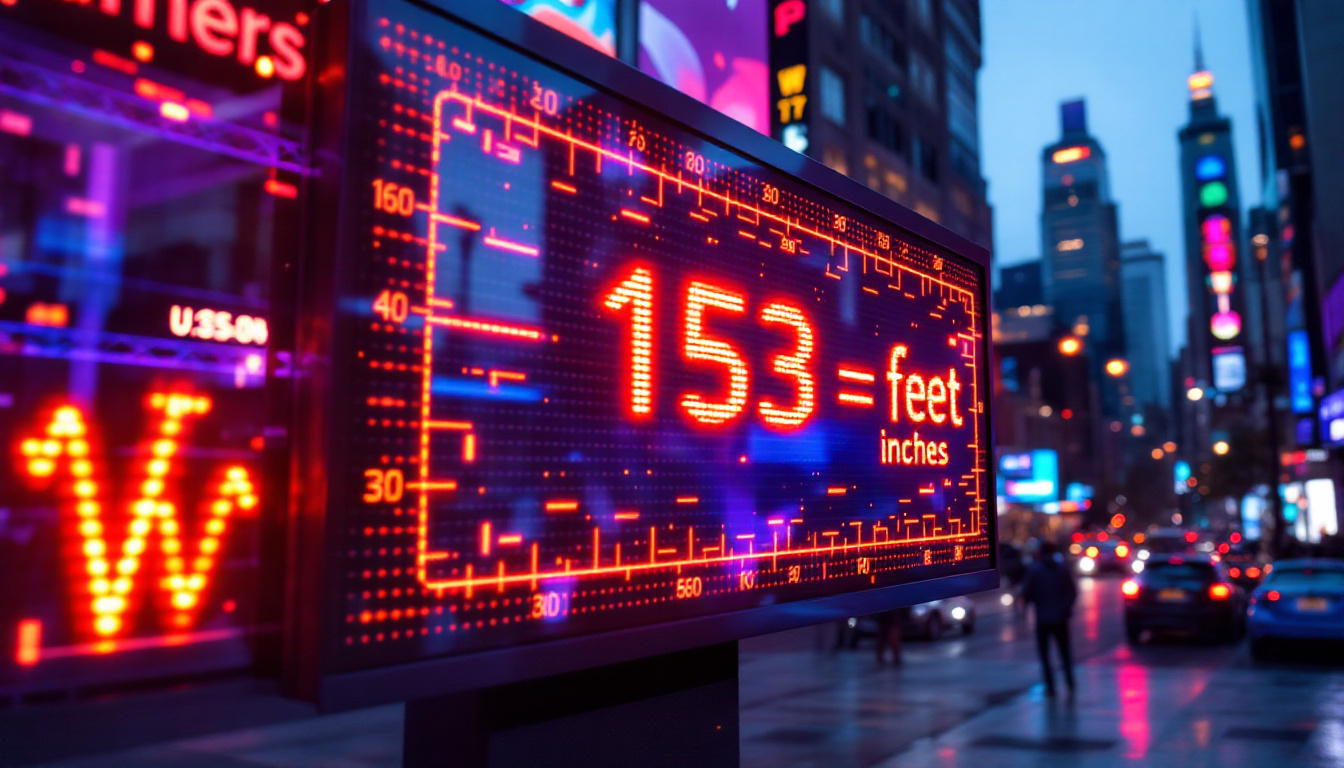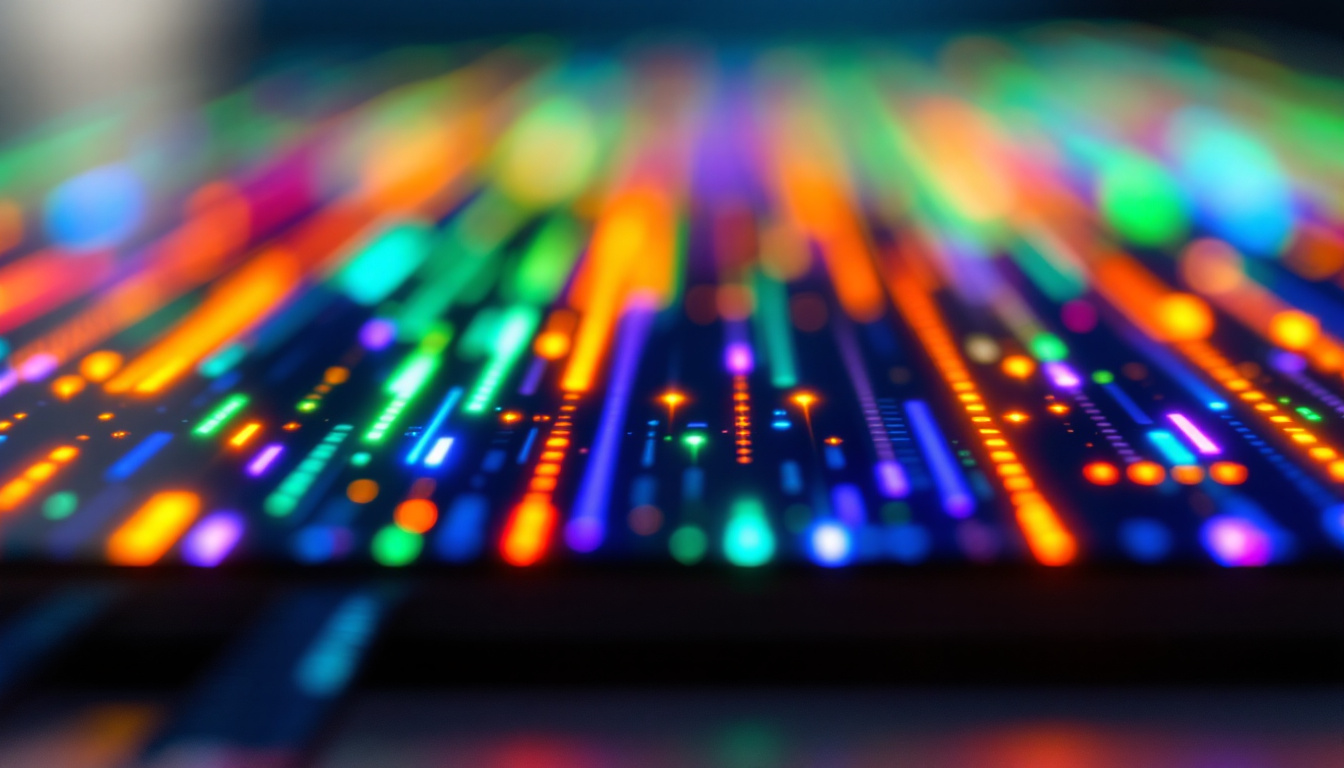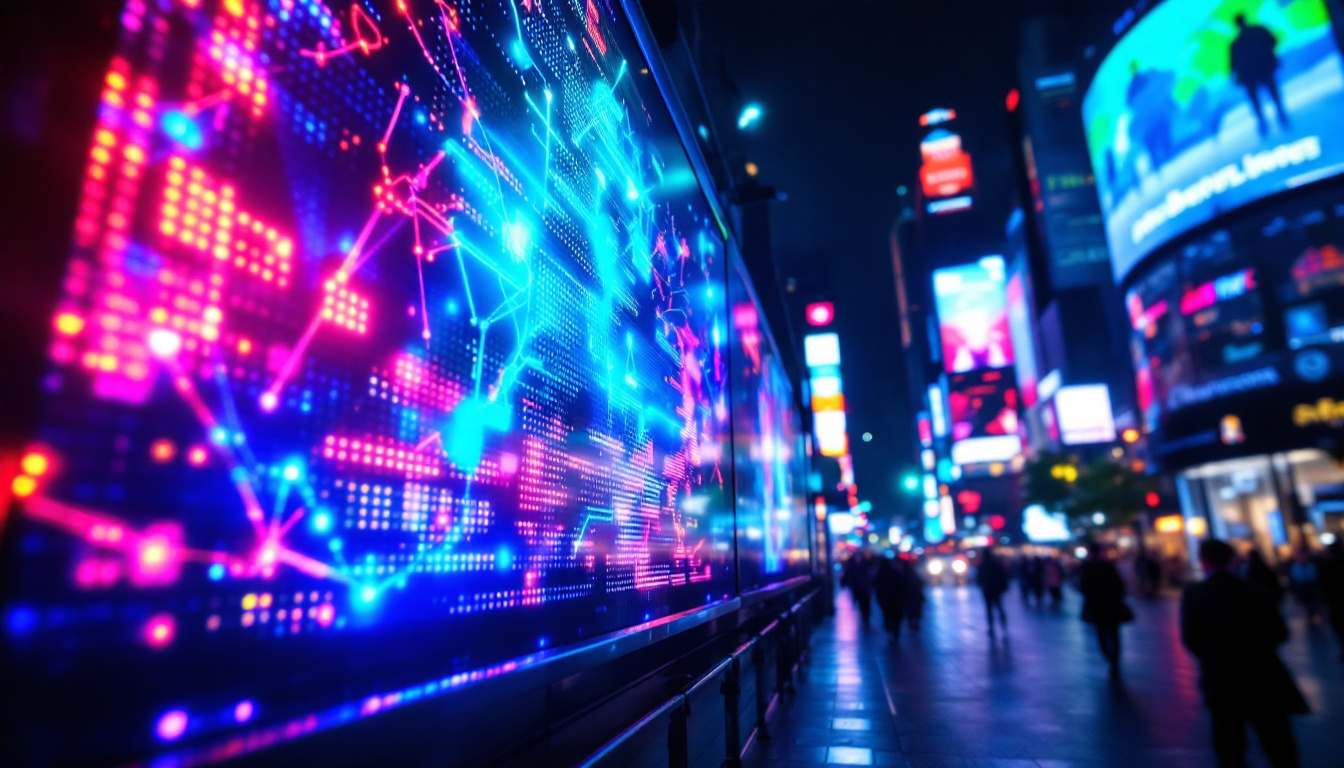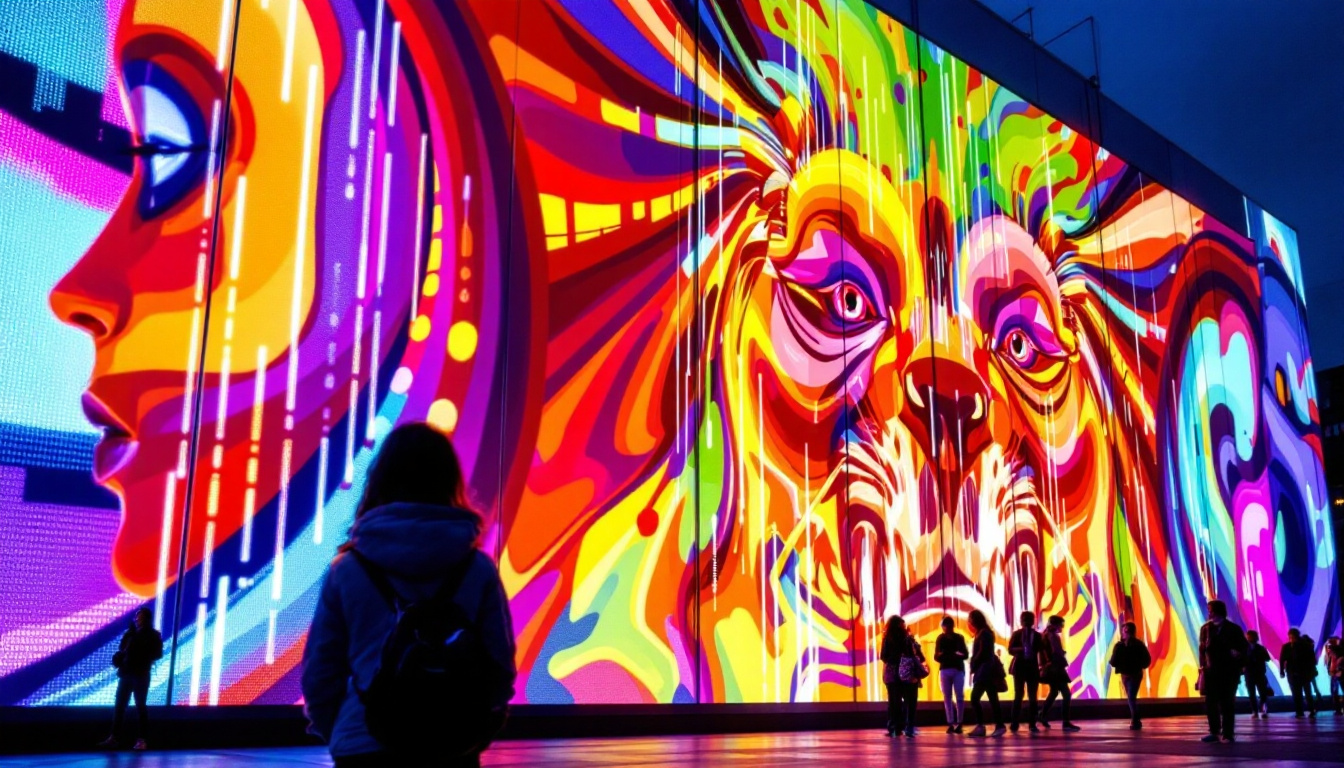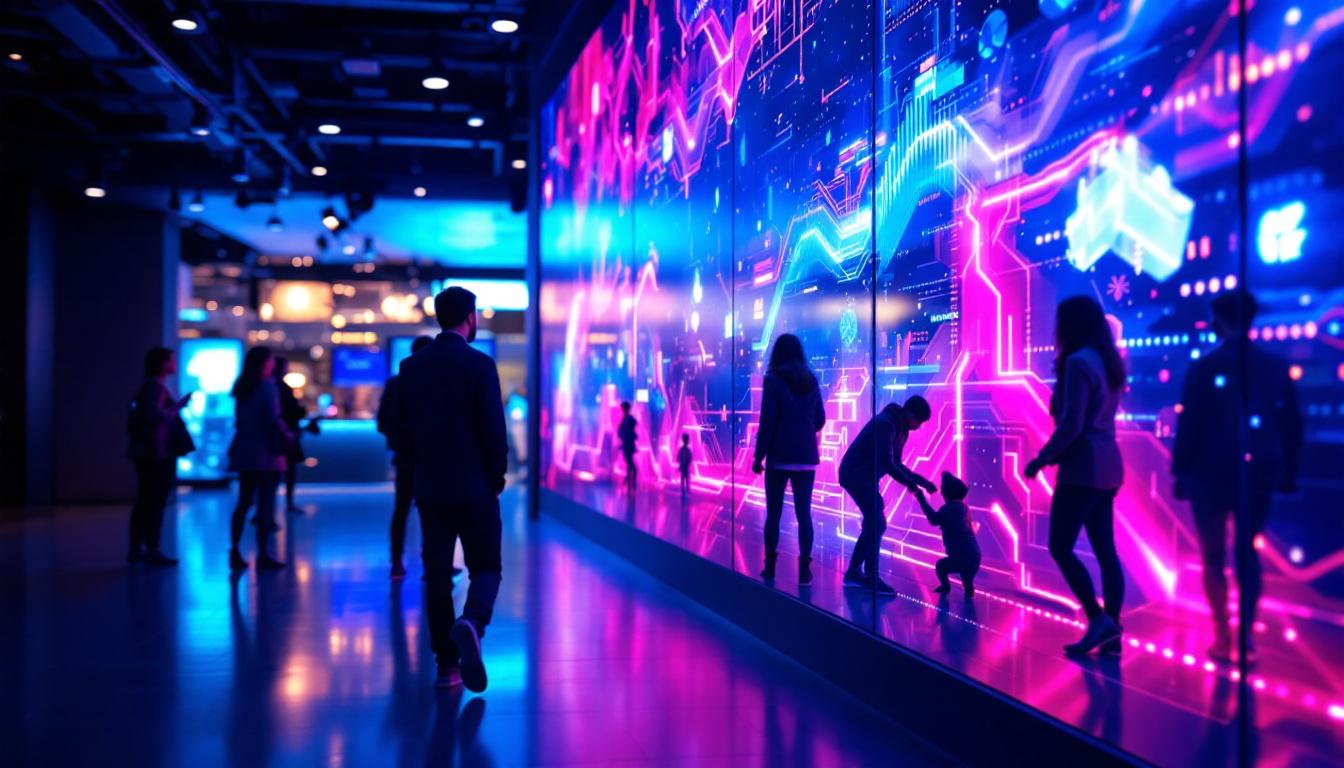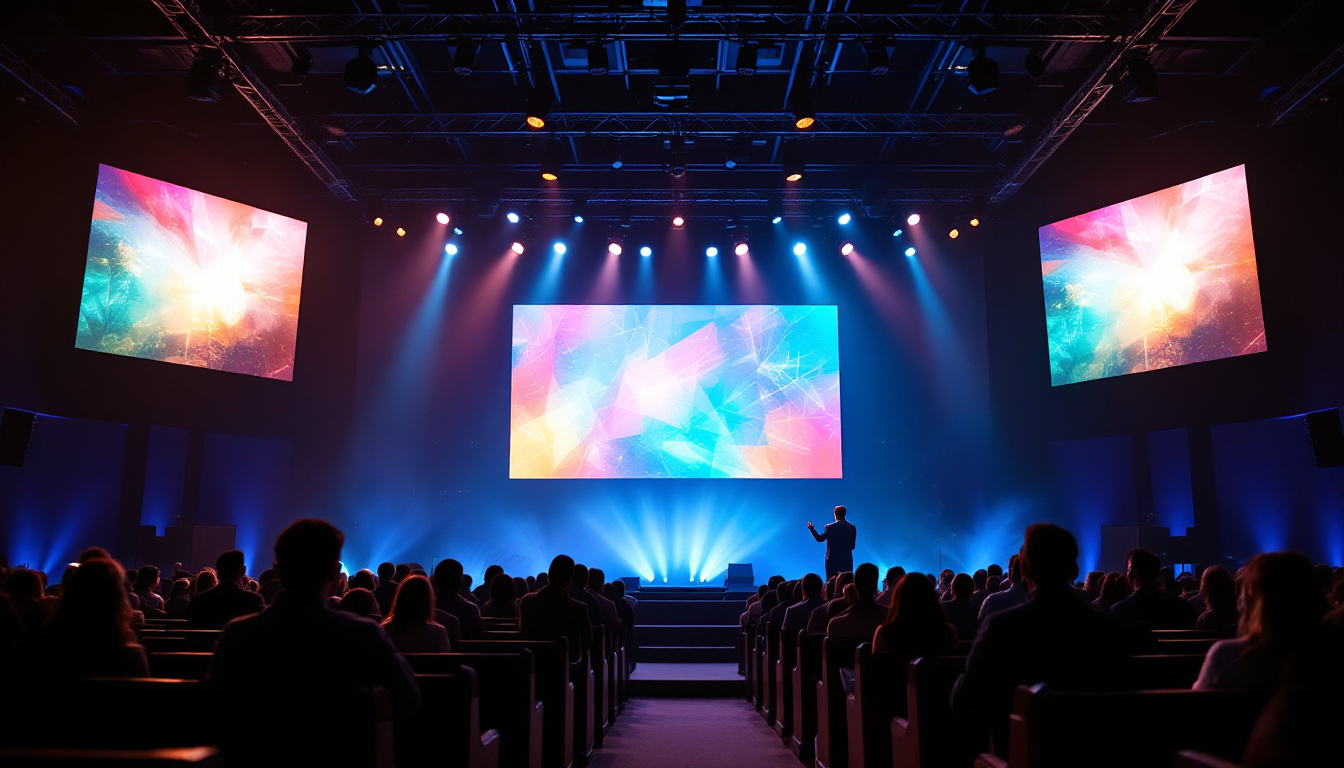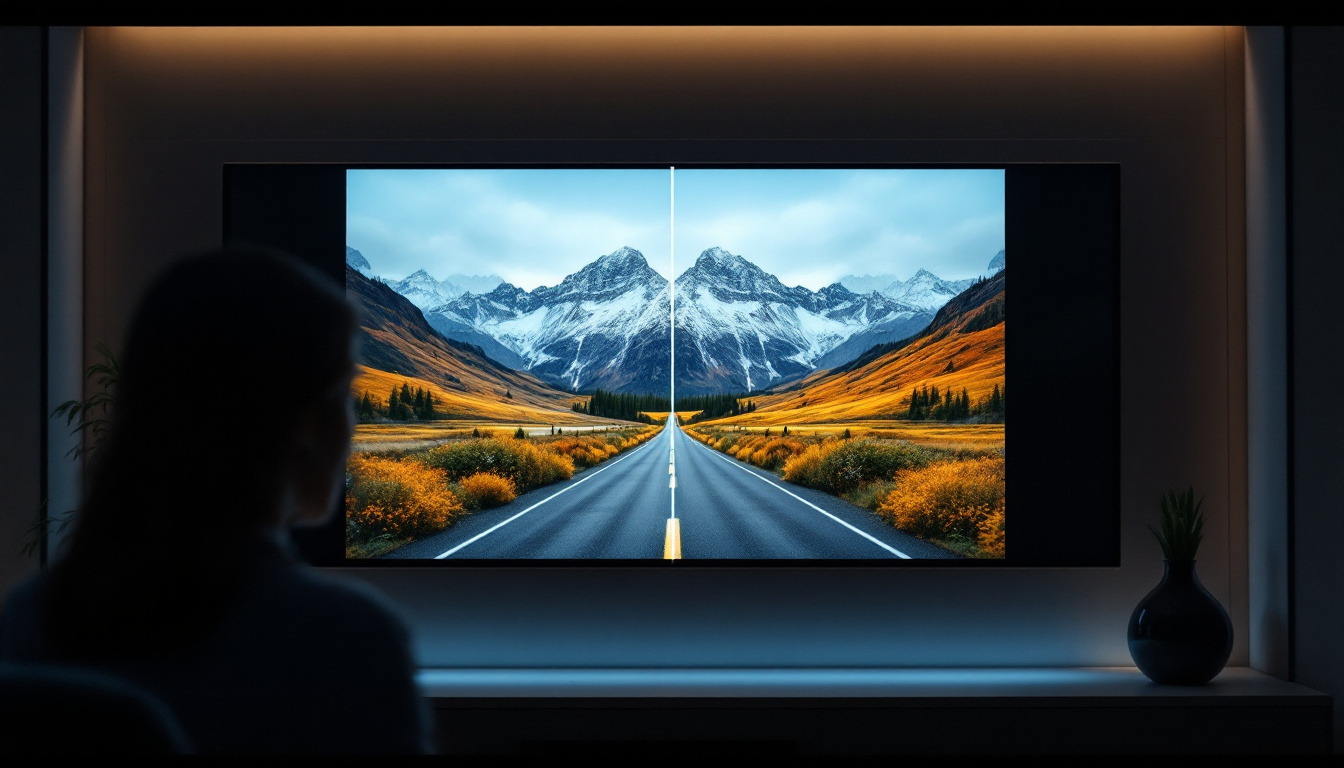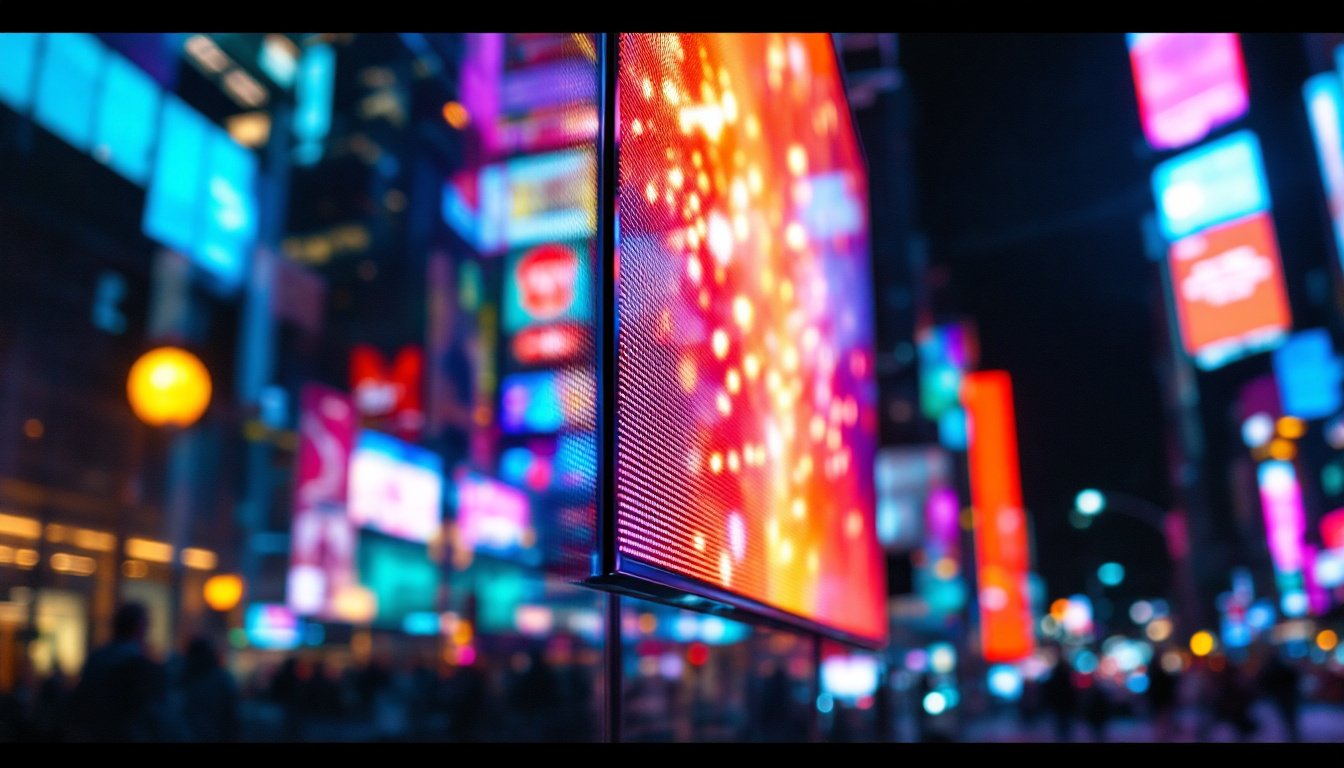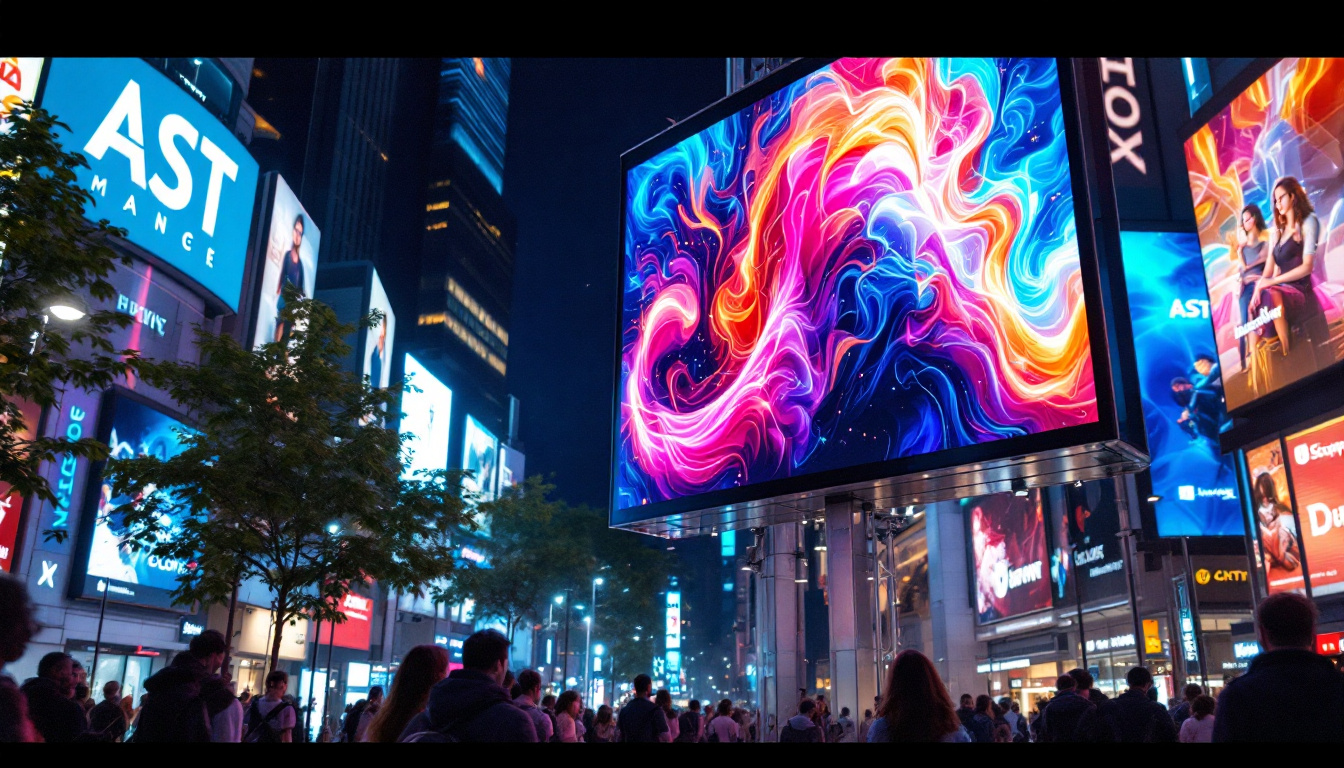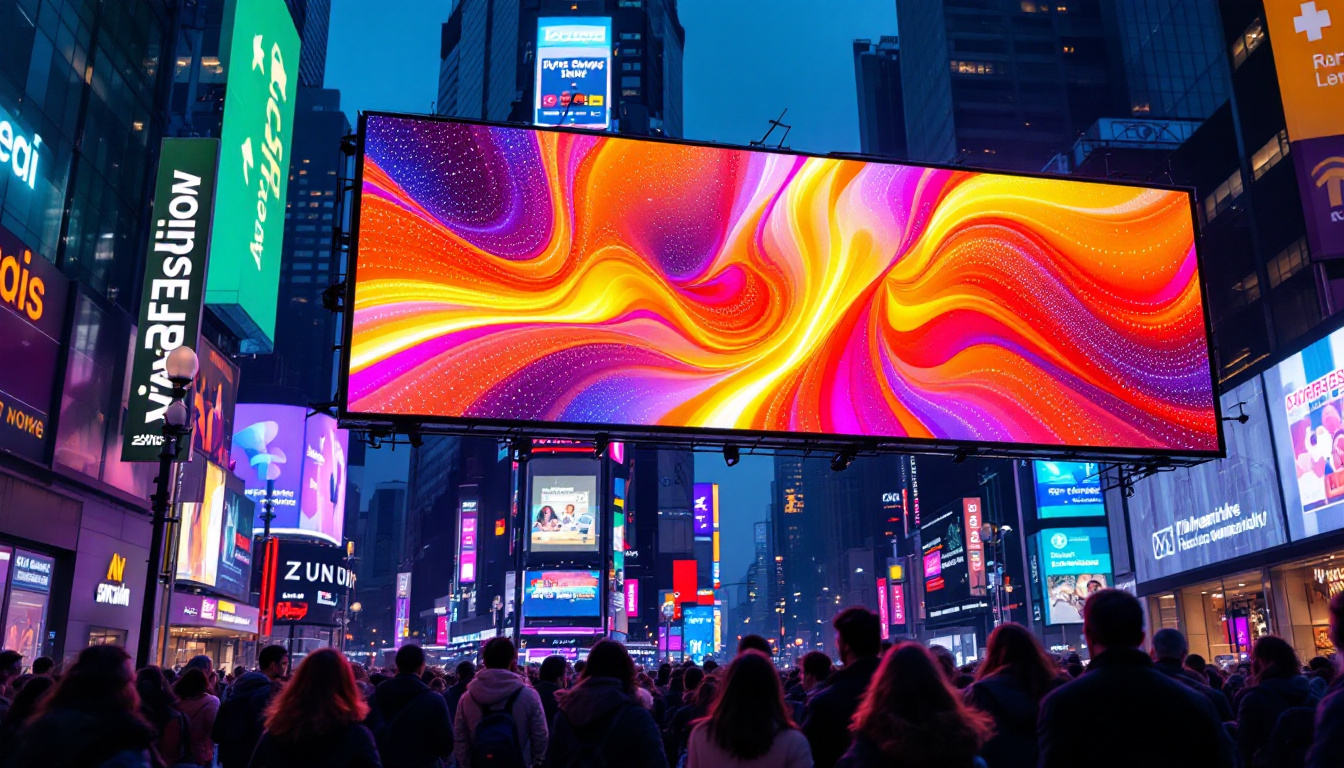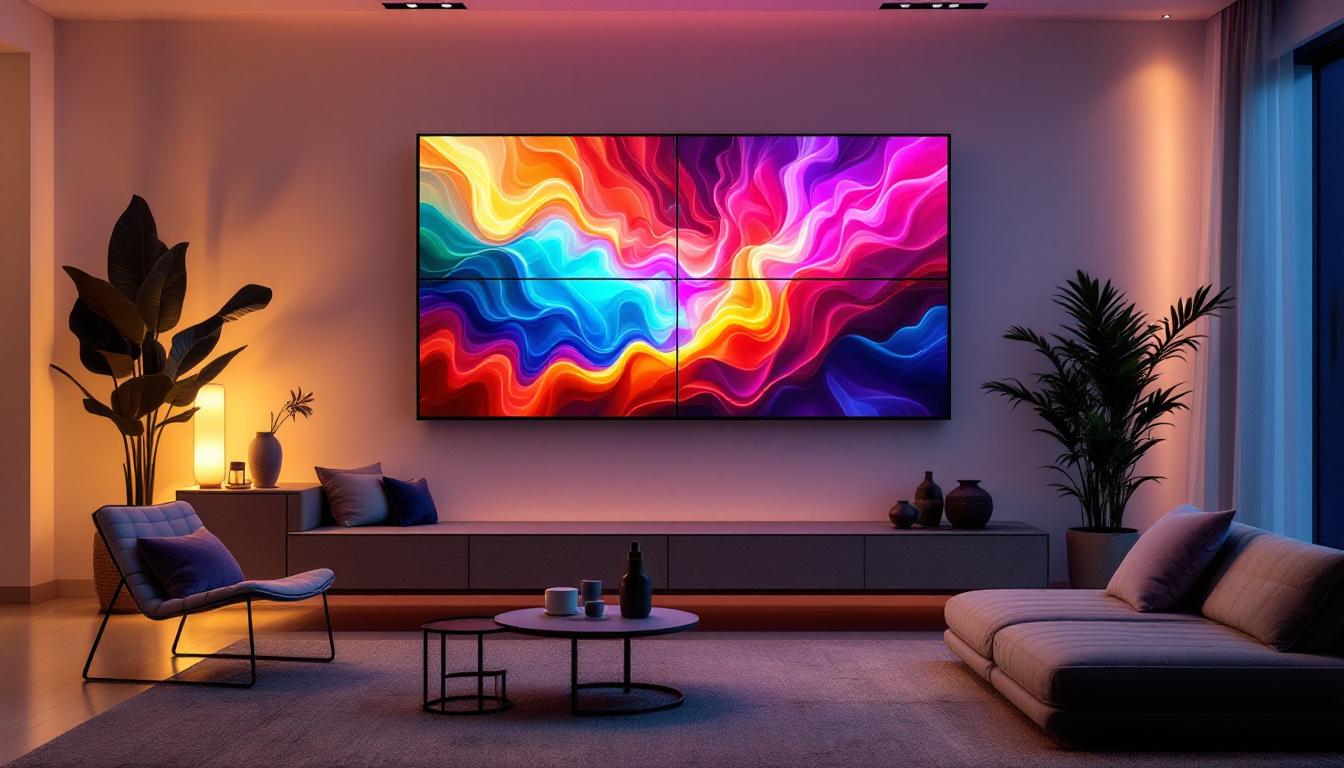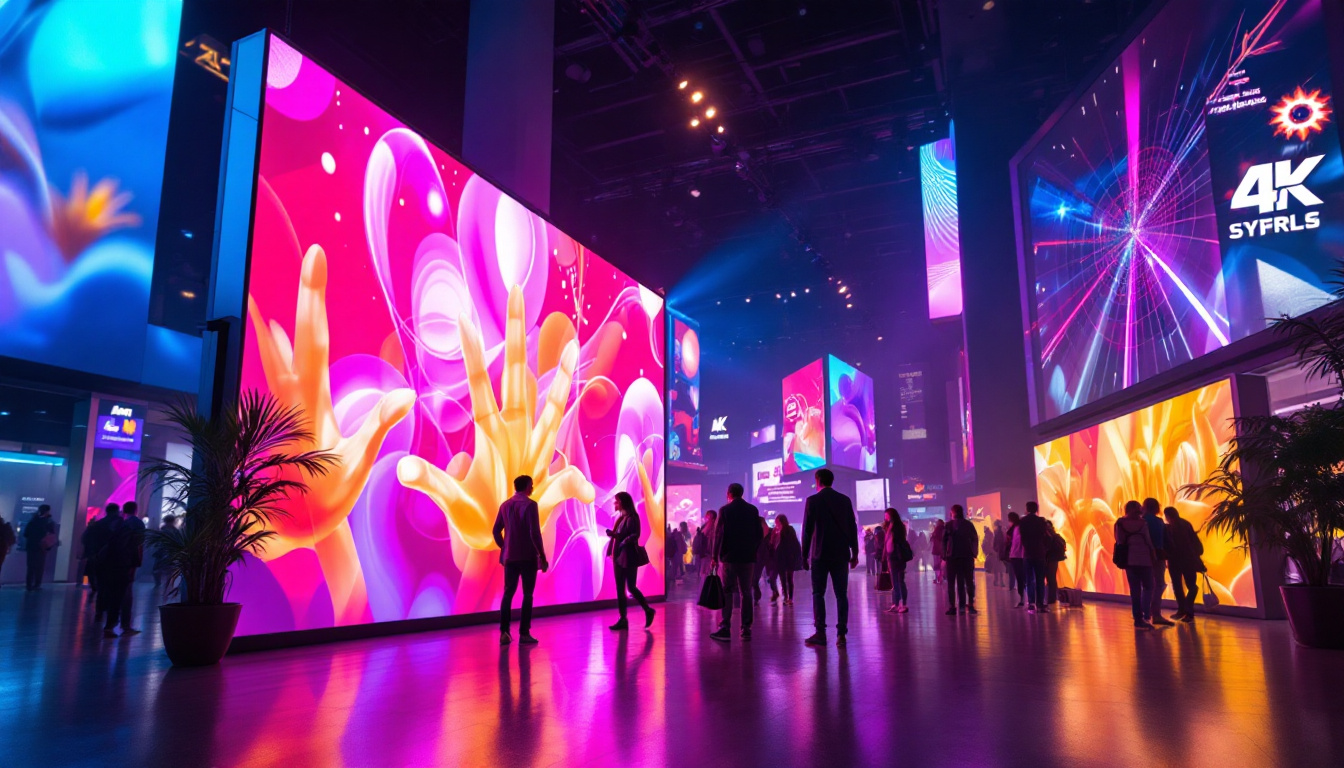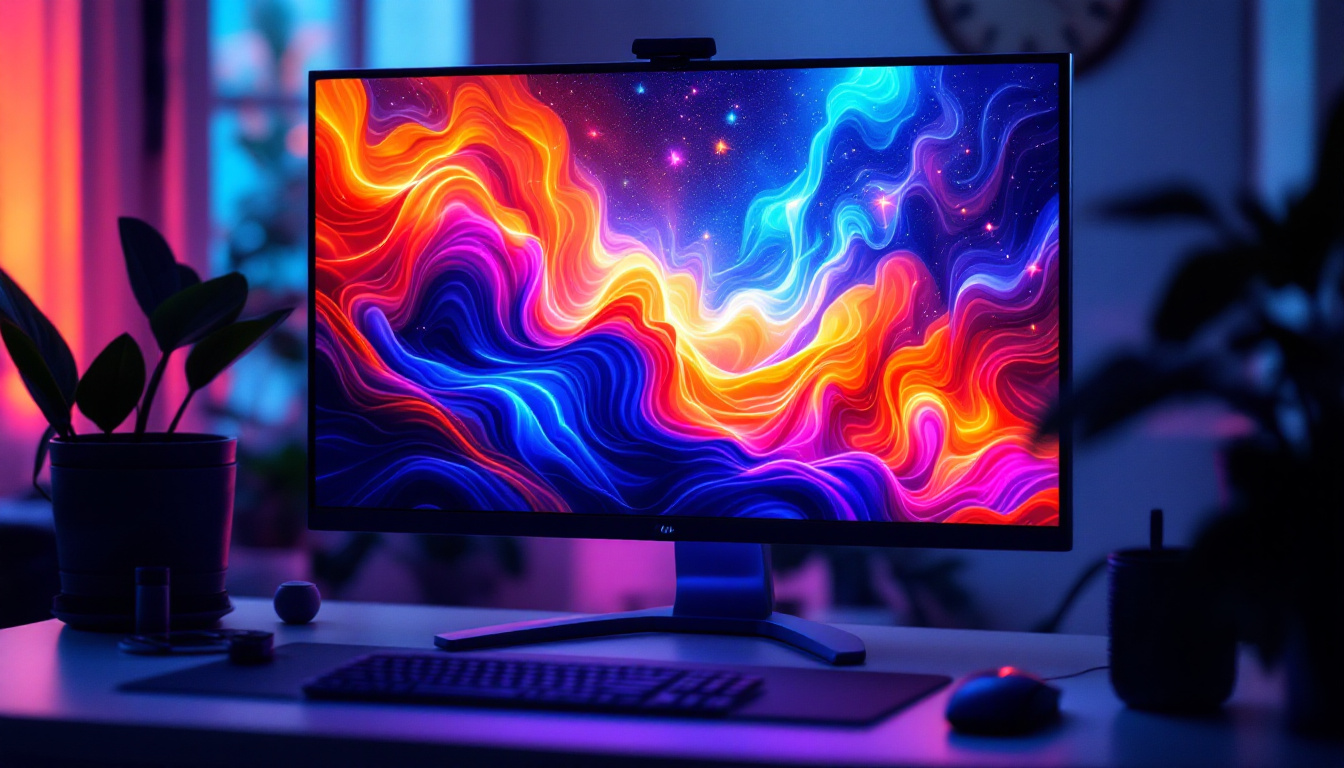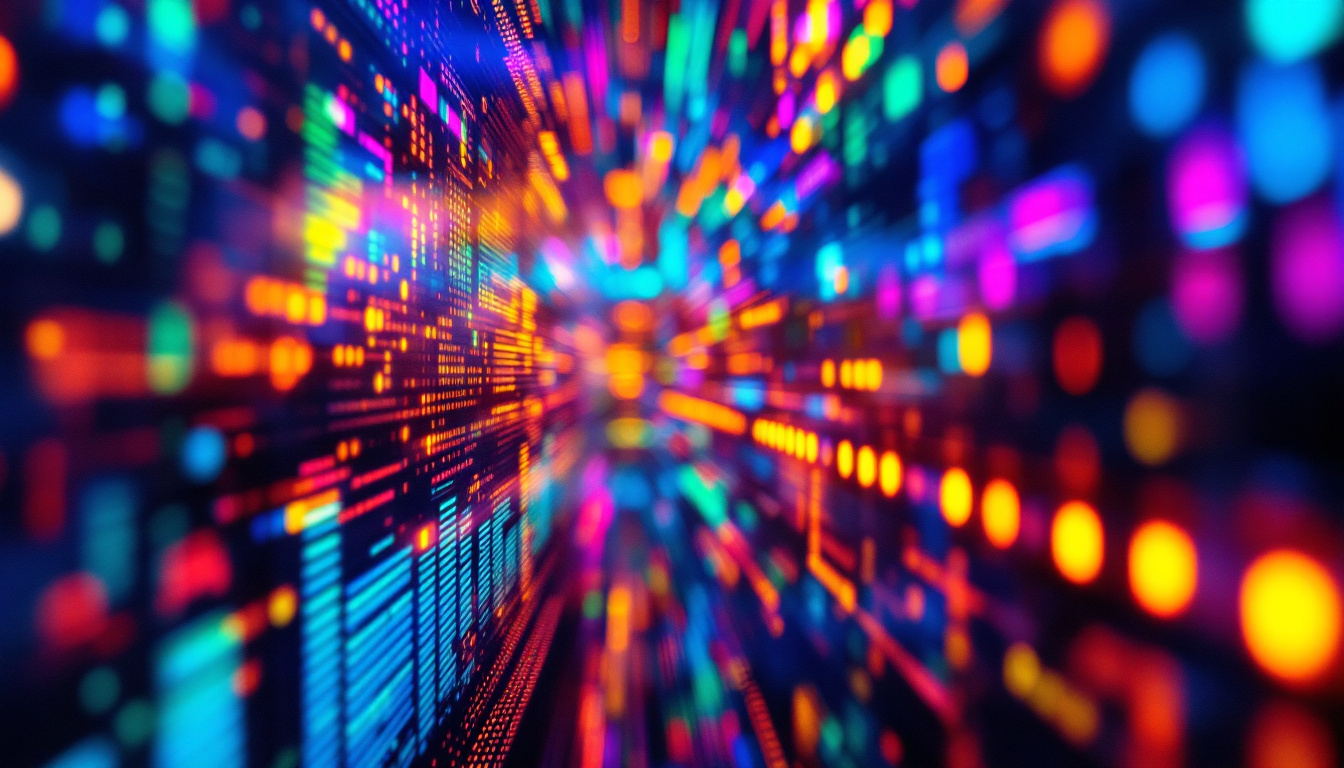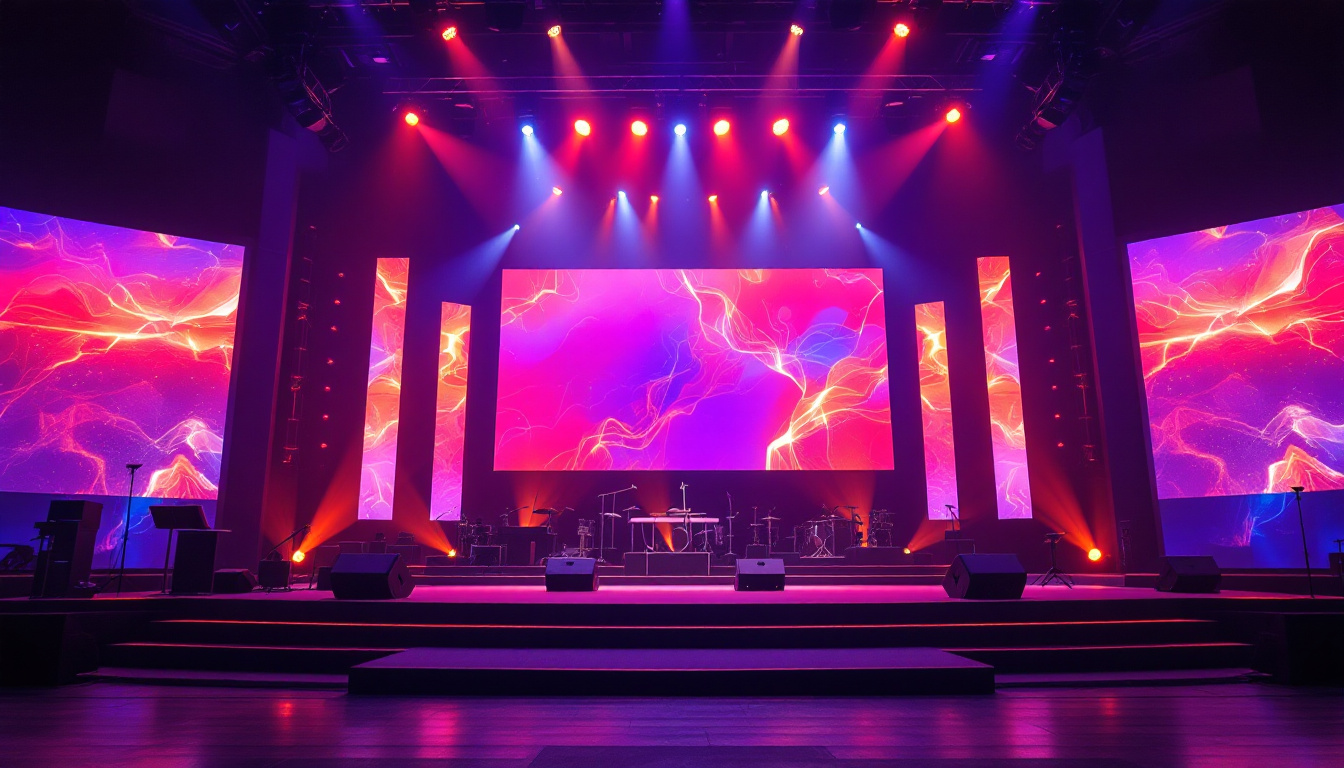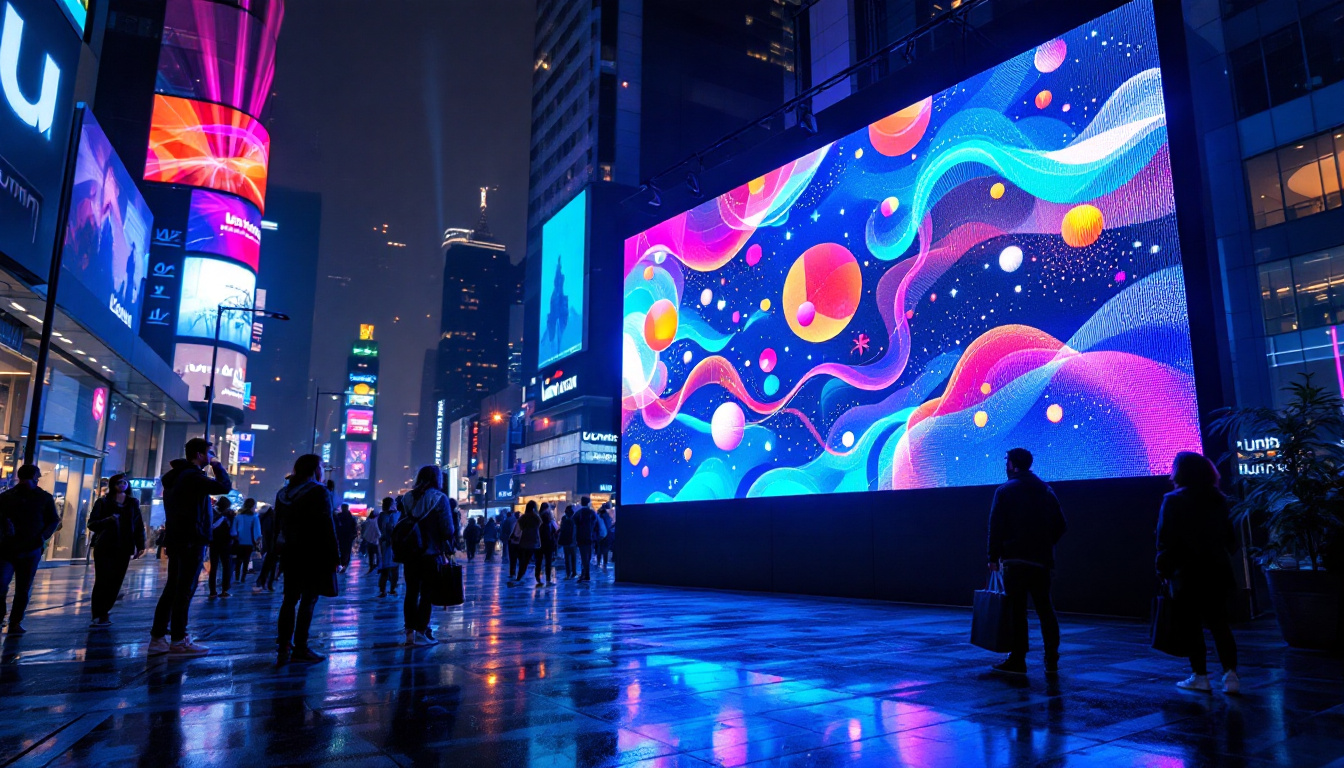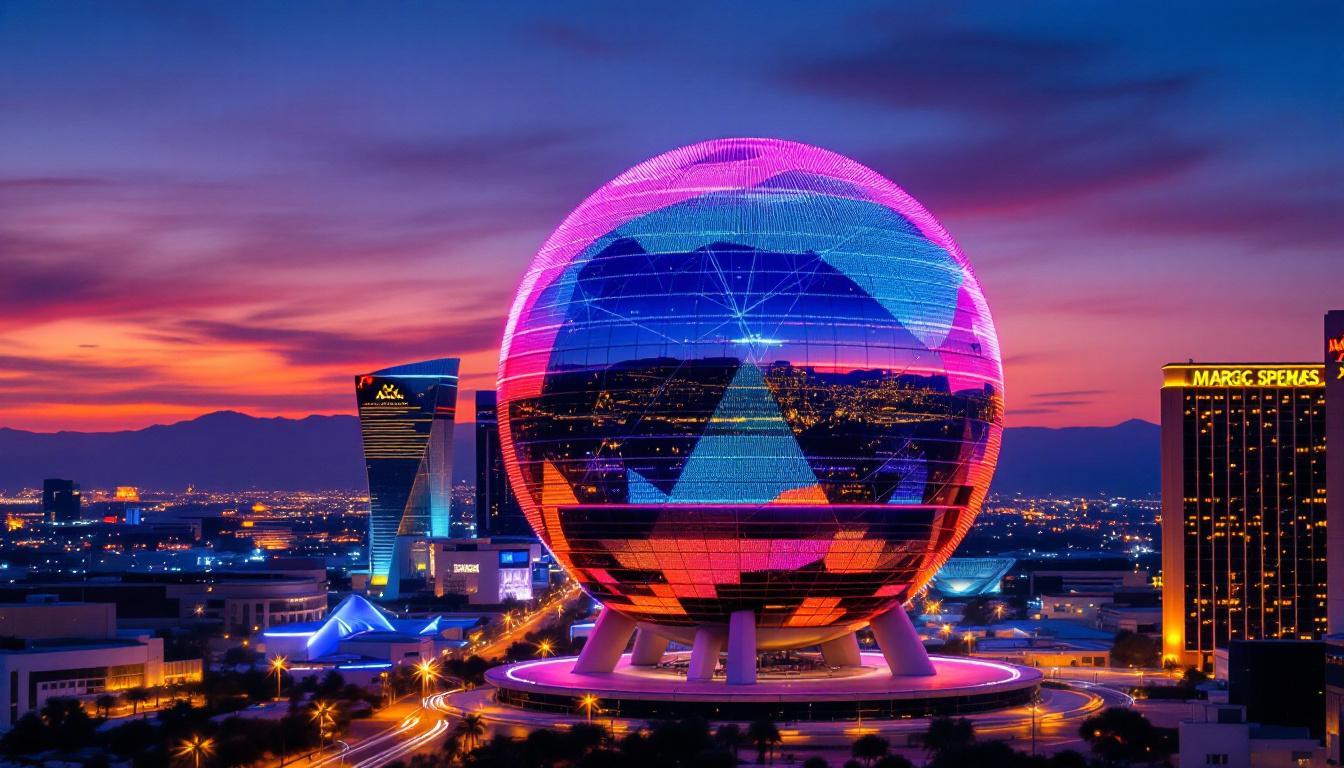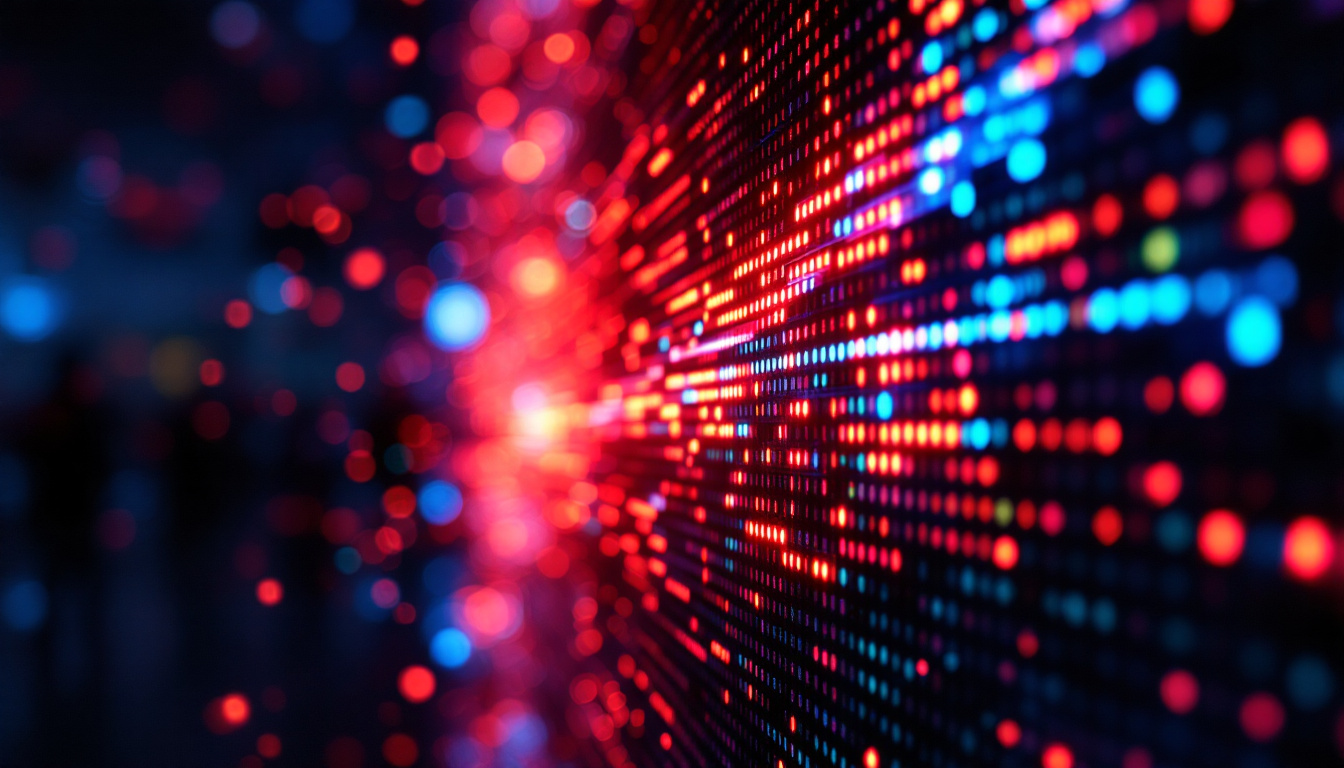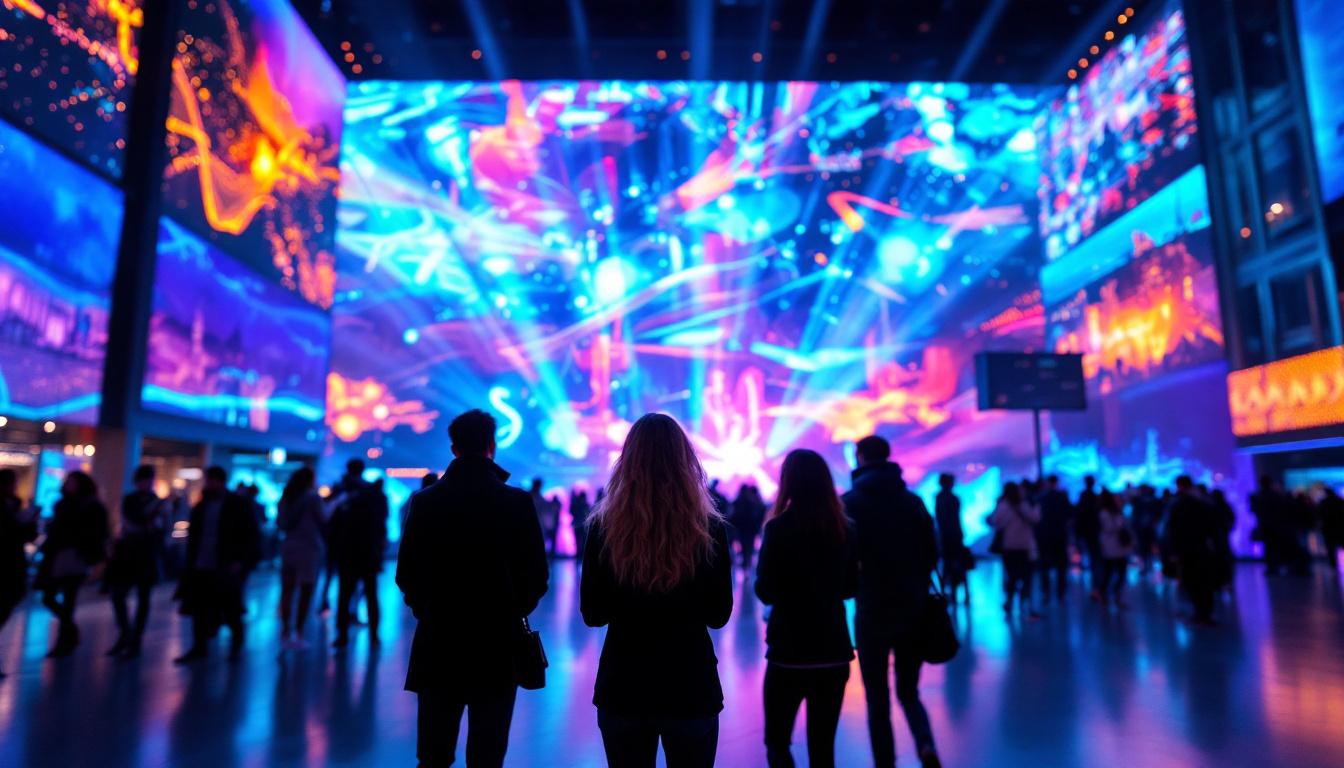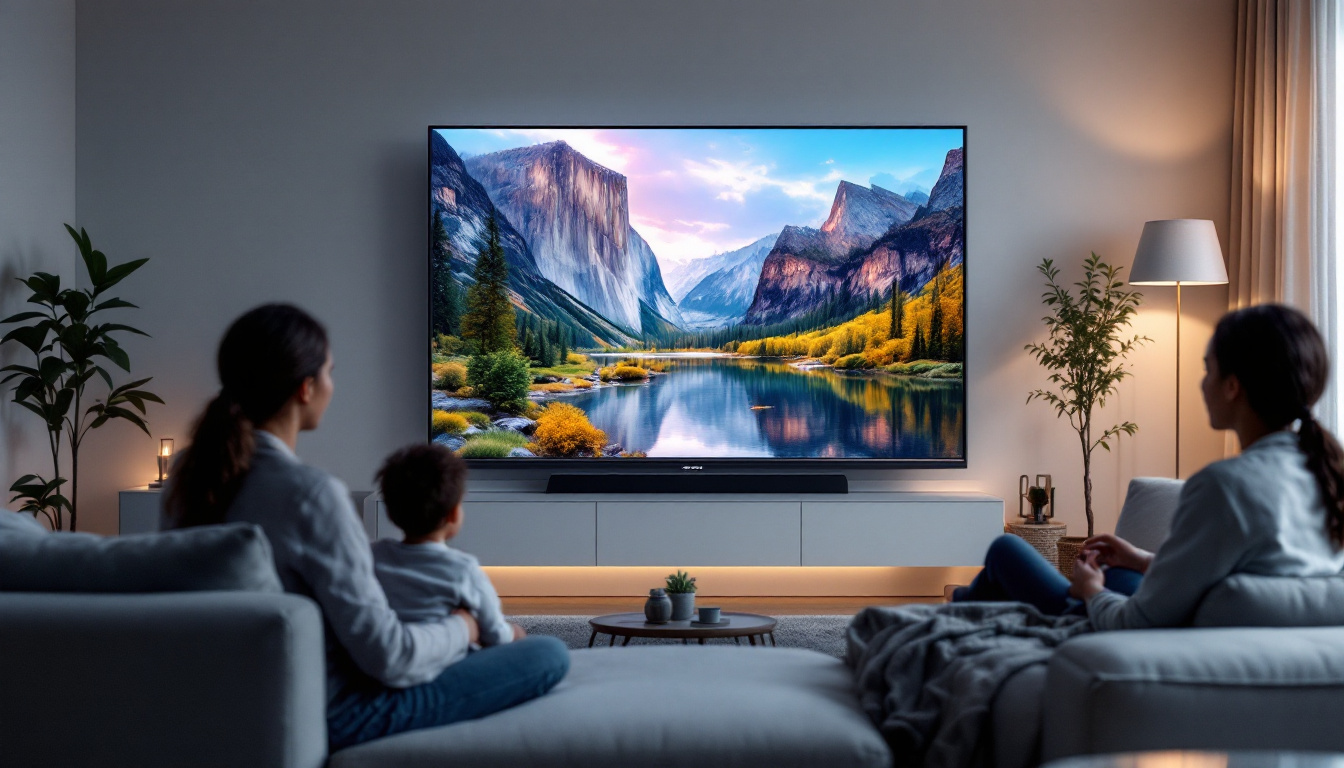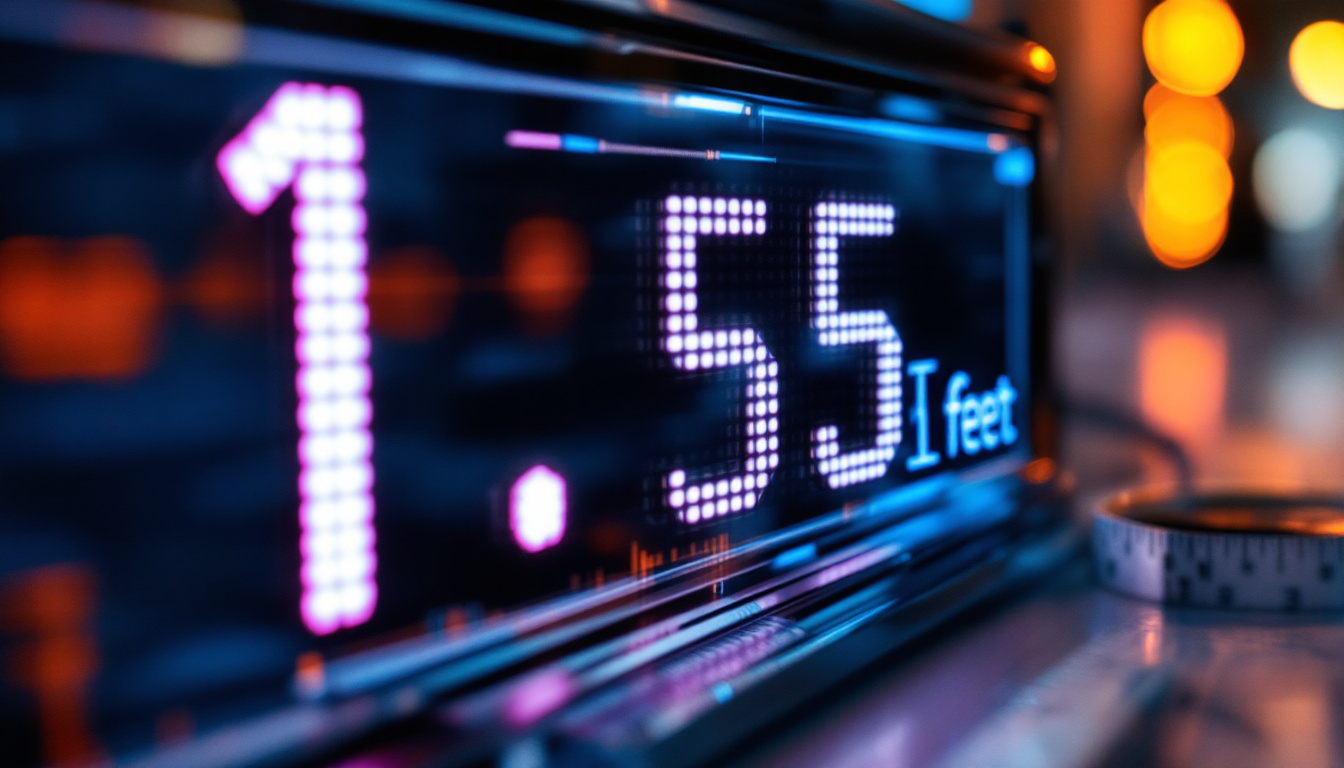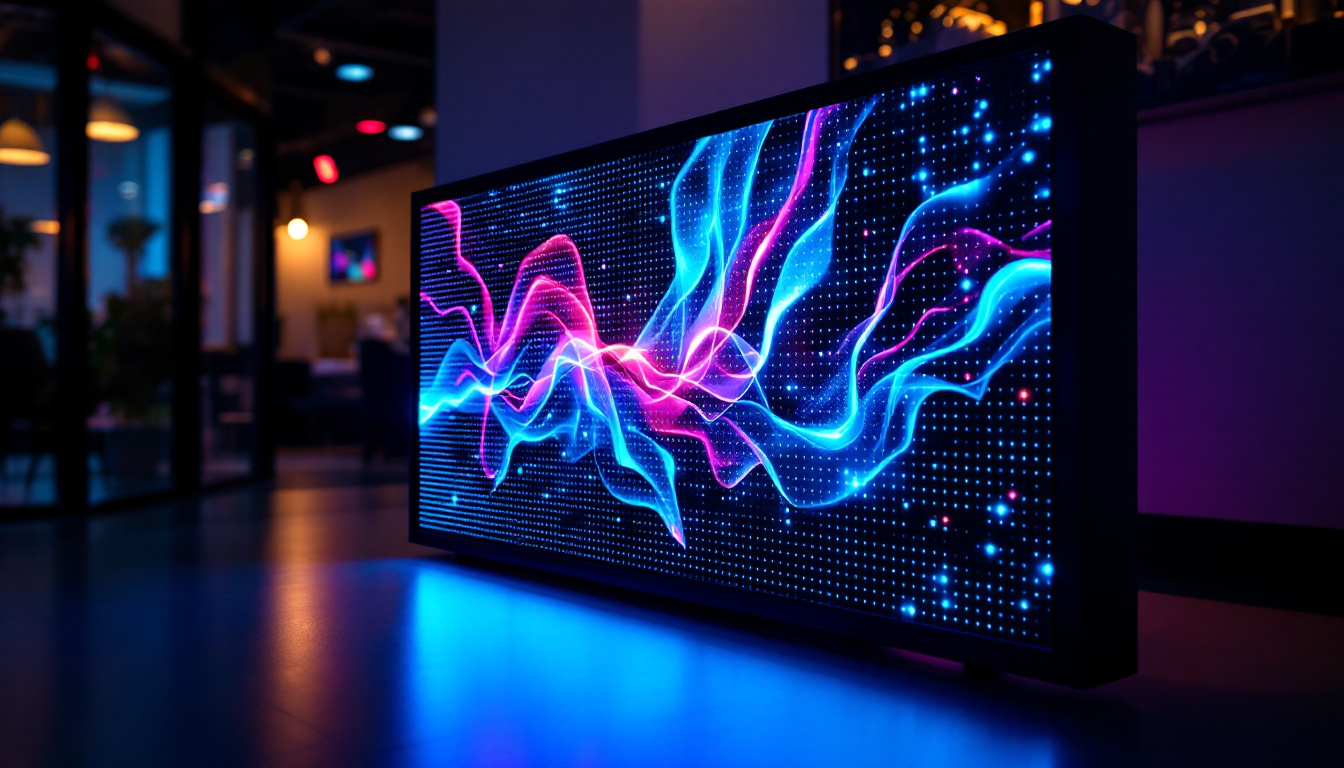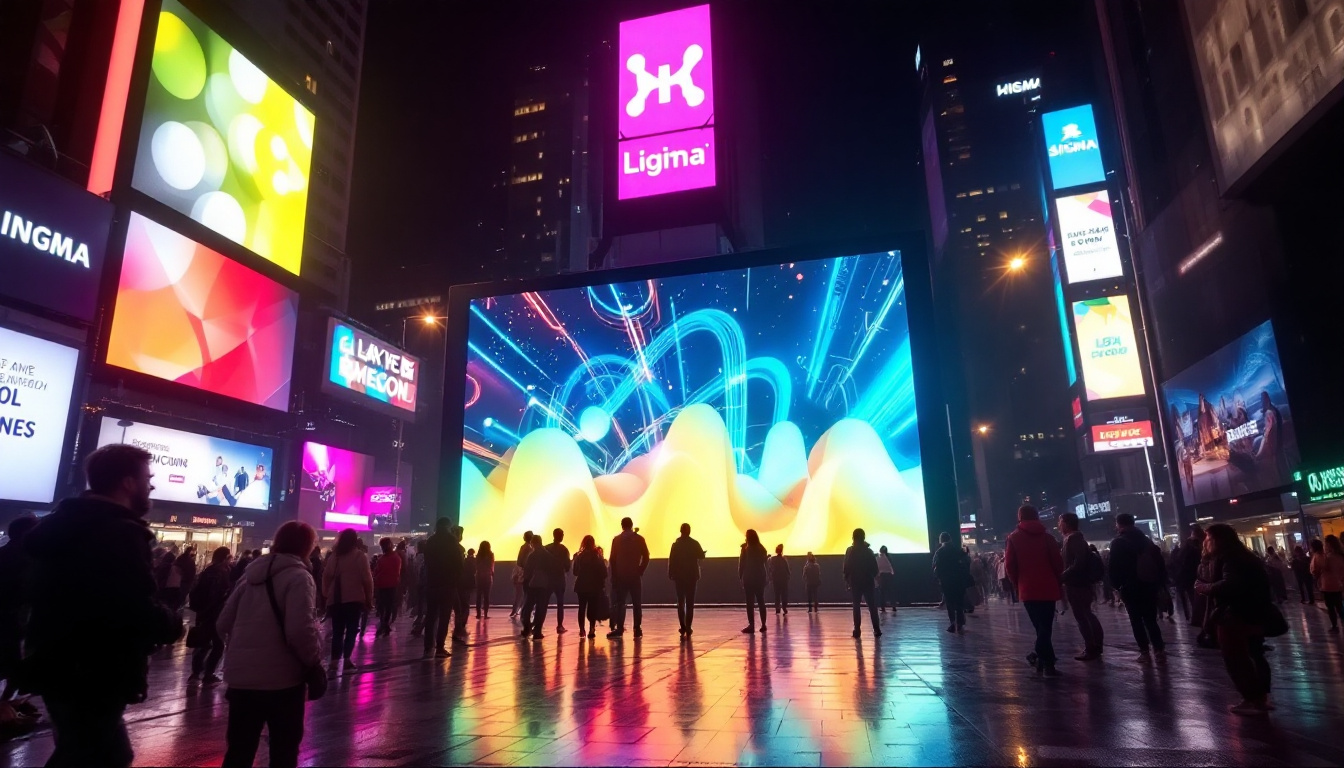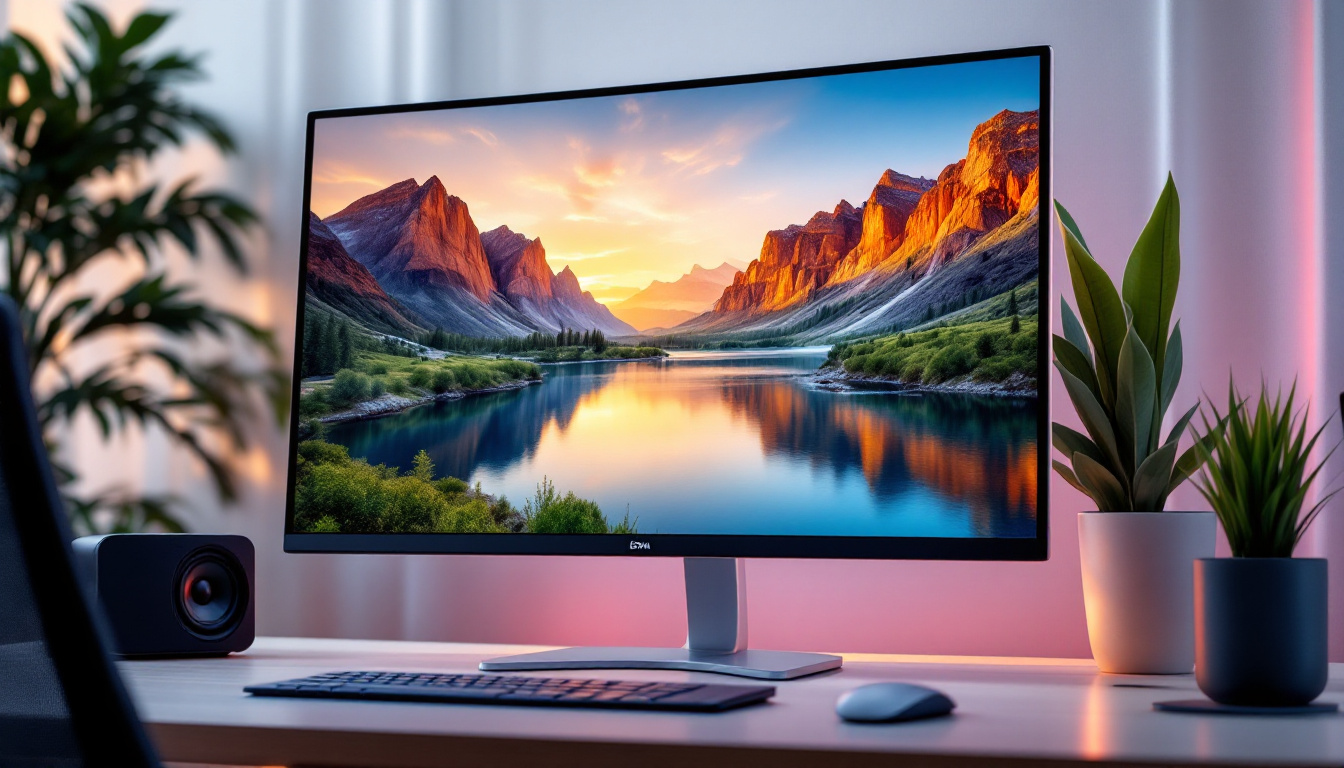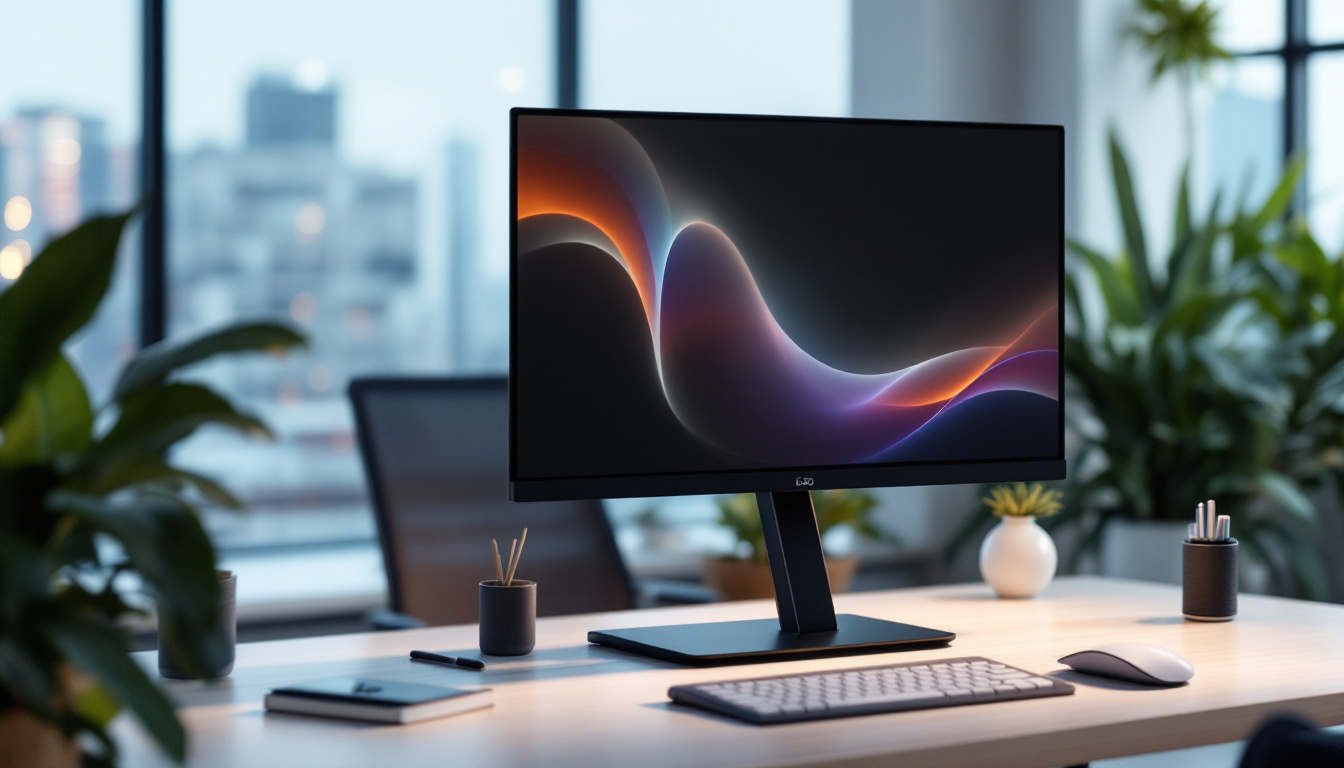In the world of technology, understanding measurements is crucial, especially when it comes to displays. One common size often encountered in LED displays is 153 inches. Converting this measurement into feet can help consumers and professionals alike make informed decisions regarding their display needs. This article will explore the conversion process, the significance of size in LED displays, and the various applications of large-format screens.
Understanding the Conversion: Inches to Feet
To convert inches to feet, it is essential to know the basic relationship between these two units of measurement. There are 12 inches in a foot. Therefore, to convert inches to feet, one must divide the number of inches by 12.
Calculating 153 Inches in Feet
The calculation for converting 153 inches to feet is straightforward. By dividing 153 by 12, the result is 12.75 feet. This means that a display measuring 153 inches is equivalent to 12 feet and 9 inches. This conversion is crucial for understanding the scale of the display in various environments. For instance, in a retail setting, a display of this size can significantly enhance visibility, drawing customers’ attention from afar and effectively communicating promotional messages.
Why Size Matters in LED Displays
When selecting an LED display, size plays a significant role in determining its effectiveness. Larger displays are often more visible from a distance, making them ideal for advertising, presentations, and events. Understanding the size in feet rather than inches can provide a better perspective on how the display will fit into a particular space. Additionally, the viewing distance is a critical factor; a larger screen can be viewed comfortably from further away, which is particularly important in venues like stadiums or large conference halls where audience members may be seated at varying distances.
Moreover, the aspect ratio of the display can also influence how the content is perceived. A wider display may be more suitable for video presentations, while a taller display can be advantageous for scrolling text or announcements. Therefore, when considering an LED display, both the physical dimensions and the intended use should be carefully evaluated to ensure that the display meets the specific needs of the environment in which it will be placed. This attention to detail can make a significant difference in the overall effectiveness of the communication strategy employed by businesses or organizations.
Applications of 153-Inch LED Displays
LED displays of this size are versatile and can be used in a variety of settings. From corporate environments to entertainment venues, the applications are numerous. Below are some of the most common uses for 153-inch LED displays.
Corporate Presentations and Meetings
In corporate settings, a 153-inch LED display can significantly enhance presentations. The large screen allows for clear visibility of graphs, charts, and other visual aids, ensuring that all participants can engage with the content. This size is particularly beneficial in large conference rooms where attendees may be seated far from the screen. Additionally, the ability to connect to various devices, such as laptops and tablets, allows for seamless integration of multimedia content. This flexibility not only improves the quality of presentations but also fosters a more interactive environment, encouraging questions and discussions among team members.
Advertising and Marketing
Outdoor advertising has evolved with the advent of LED technology. A 153-inch display can be an eye-catching element in advertising campaigns. Its size ensures that messages reach a broad audience, making it an effective tool for businesses looking to capture attention in high-traffic areas. The vibrant colors and brightness of LED displays also contribute to their effectiveness in marketing. Moreover, the dynamic nature of LED technology allows for real-time updates, enabling businesses to promote flash sales or special events instantly. This capability not only attracts potential customers but also enhances brand visibility, making it a crucial component of modern advertising strategies.
Entertainment Venues
In entertainment venues, such as theaters and stadiums, large LED displays are essential for enhancing the audience’s experience. A 153-inch screen can be used to showcase live events, movies, or sports, ensuring that every seat in the house has a clear view. The immersive experience provided by such displays can significantly elevate the enjoyment of the event. Furthermore, these screens can be utilized for displaying additional content, such as player statistics, replays, or promotional videos, adding layers of engagement for the audience. The integration of LED displays with sound systems can also create a multisensory experience, making events more memorable and enjoyable for attendees.
Technical Specifications of 153-Inch LED Displays
Understanding the technical specifications of a 153-inch LED display is vital for making an informed purchase. Key specifications include resolution, brightness, and refresh rate. Each of these factors contributes to the overall quality of the display, affecting everything from viewing experience to usability in various environments.
Resolution
Resolution refers to the number of pixels that make up the display. For LED displays, higher resolution means clearer and sharper images. Common resolutions for large displays include Full HD (1920 x 1080) and 4K (3840 x 2160). A 153-inch display with 4K resolution will provide stunning visuals, making it ideal for both presentations and entertainment. Additionally, with advancements in display technology, some manufacturers are now offering 8K resolution options, which deliver even more detail and clarity, making them suitable for high-end applications such as digital signage and immersive gaming experiences.
Brightness
Brightness is measured in nits, and it determines how visible the display will be in various lighting conditions. For outdoor displays, a brightness level of at least 5000 nits is recommended to ensure visibility in direct sunlight. Indoor displays may require lower brightness levels, but it is still essential to choose a display that can adapt to different lighting environments. Moreover, features like automatic brightness adjustment can significantly enhance user experience by optimizing visibility based on ambient light, ensuring that images remain vibrant and clear regardless of the setting.
Refresh Rate
The refresh rate, measured in Hertz (Hz), indicates how many times the display refreshes the image per second. A higher refresh rate results in smoother motion, which is particularly important for video content. For a 153-inch LED display, a refresh rate of at least 60 Hz is recommended, especially for applications involving fast-moving visuals, such as sports or action movies. Some premium models offer refresh rates of 120 Hz or higher, which can significantly enhance the viewing experience, particularly for gamers who require rapid response times and fluid motion. This feature is especially beneficial in competitive gaming scenarios where every millisecond counts.
Installation Considerations for Large LED Displays
Installing a 153-inch LED display requires careful planning and consideration. The installation process can vary depending on the intended location and use of the display. Here are some key factors to consider when installing large LED displays.
Location and Mounting
The first step in the installation process is determining the location of the display. Factors such as visibility, audience size, and lighting conditions will influence this decision. Additionally, the mounting method must be chosen carefully. Wall mounts, ceiling mounts, and freestanding options are all available, each with its own set of advantages and challenges.
Power and Connectivity
Large LED displays require a reliable power source and connectivity options. Ensuring that the necessary electrical outlets and data connections are available is crucial for a successful installation. Depending on the display’s features, it may also require additional components such as signal processors or media players.
Maintenance and Care for LED Displays
Maintaining a 153-inch LED display is essential for ensuring its longevity and performance. Regular maintenance can prevent issues and keep the display looking its best. Here are some tips for caring for LED displays.
Regular Cleaning
Dust and debris can accumulate on the surface of the display, affecting image quality. Regular cleaning with a soft, lint-free cloth is recommended to keep the screen clear. It is important to avoid using harsh chemicals or abrasive materials that could damage the display.
Software Updates
Many LED displays come with built-in software that may require periodic updates. Keeping the software up to date ensures that the display operates smoothly and takes advantage of the latest features and improvements. Regularly checking for updates can help maintain optimal performance.
Future Trends in LED Display Technology
The world of LED displays is constantly evolving, with new technologies and innovations emerging regularly. Understanding these trends can help consumers and businesses stay ahead of the curve.
Advancements in Resolution
As technology advances, the demand for higher resolution displays continues to grow. Future LED displays may feature even higher pixel densities, providing sharper images and more detailed visuals. This trend is particularly important for applications such as virtual reality and augmented reality, where clarity is essential.
Improved Energy Efficiency
Energy efficiency is becoming increasingly important in the design of LED displays. Future models are expected to utilize advanced technologies that reduce power consumption while maintaining high brightness levels. This not only benefits the environment but also reduces operating costs for businesses.
Integration with Smart Technologies
As smart technology becomes more prevalent, LED displays are likely to integrate with other smart devices and systems. This could include features such as remote monitoring, automated brightness adjustment based on ambient light, and enhanced connectivity options. Such advancements will make LED displays even more versatile and user-friendly.
Conclusion
In conclusion, understanding the conversion of 153 inches to feet is just the beginning of appreciating the significance of large LED displays. With a conversion of 12.75 feet, these displays offer a wide range of applications across various industries, from corporate settings to entertainment venues. By considering technical specifications, installation requirements, and maintenance practices, users can ensure they make the most of their investment in LED display technology.
As technology continues to evolve, staying informed about trends and advancements in LED displays will be essential for anyone looking to leverage this powerful medium. Whether for advertising, presentations, or entertainment, a well-chosen LED display can enhance communication and engagement, making it a valuable asset in today’s visually-driven world.
Explore Cutting-Edge LED Displays with LumenMatrix
Ready to elevate your visual experience with the latest in LED display technology? Look no further than LumenMatrix, a pioneer in crafting immersive and dynamic LED solutions tailored to your needs. From the vivid clarity of Indoor LED Wall Displays to the robust brilliance of Outdoor LED Wall Displays, LumenMatrix offers a comprehensive range of products including Vehicle LED Displays, LED Poster Displays, and even Custom LED solutions. Discover how our LED Sports Displays, Floor LED Displays, All-in-One LED Displays, and LED Transparent Displays can transform your space and captivate your audience. Embrace the future of visual communication with LumenMatrix and Check out LumenMatrix LED Display Solutions today to share your message with unparalleled impact and clarity.

